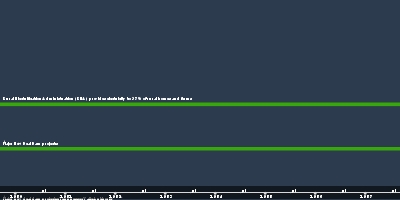1 Jan 1935 Jahr - Social Security Act
Beschreibung:
A 1935 act that provided old-age pensions for workers, a joint federal-state system of compensation for unemployed workers, and a program of payments to widowed mothers and the disabled.The second initiative, the Social Security Act of 1935 created an old-age pension system. Other industrialized societies had created similar plans at the turn of the century, but American reformers had failed to secure such a program. The growing appeal of the Townsend and Long movements provided leverage for New Dealers to finally achieve the goal. Children’s welfare advocates, concerned about the fate of fatherless families, also pressured the president. The resulting Social Security Act had three main provisions: old-age pensions for workers, a joint federal-state system of compensation for unemployed workers, and a program of payments to widowed mothers and the disabled. Roosevelt, however, reined in the scope of reforms. Foreseeing that compulsory pension and unemployment legislation would prove controversial, he dropped a mandate for national health insurance, fearing it would doom the entire bill.
The Social Security Act was a milestone in the creation of an American welfare state. Never before had the federal government assumed so much responsibility for the well-being of so many citizens. “Social Security,” as old-age pensions were known, became one of the most popular government programs in American history. On the other hand, the assistance program for widows and children known as Aid to Dependent Children (ADC) became one of its most controversial measures. ADC covered only 700,000 youngsters in 1939; by 1994, its successor, Aid to Families with Dependent Children (AFDC), enrolled 14.1 million Americans. A minor program during the New Deal, AFDC grew enormously in the 1960s and remained an often maligned cornerstone of the welfare state until it was eliminated under President Bill Clinton in 1996.
The legislation of the Second New Deal came to define a political ideology that historians call “New Deal liberalism.” Classical liberalism saw individual liberty as the foundation of a democratic society, and the term liberal had traditionally denoted support for free-market policies and weak government. The Roosevelt administration and a rising generation of congressional Democrats envisioned government ensuring basic welfare and assisting the least well off. This liberal welfare state was opposed by inheritors of the nineteenth-century ideology of laissez faire capitalism, who gradually became known as conservatives. These competing visions of liberty and government — with liberals on one side and conservatives on the other — would serve as opposing poles of American politics for the remainder of the twentieth century.
Zugefügt zum Band der Zeit:
Datum:
1 Jan 1935 Jahr
Jetzt
~ 90 years ago
